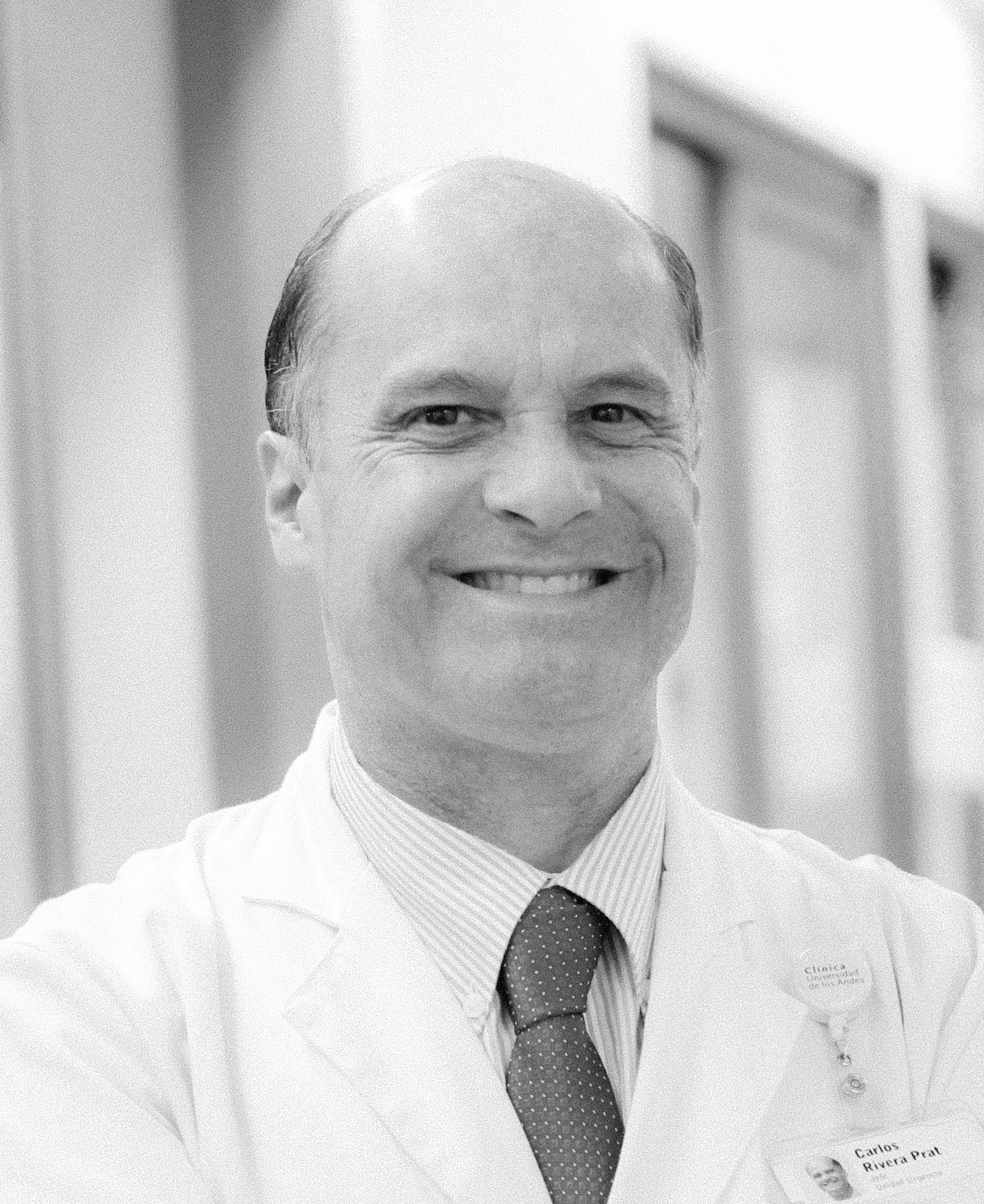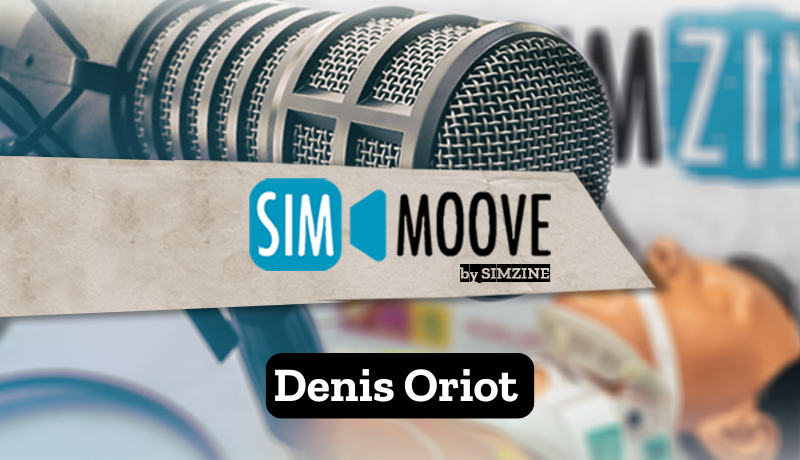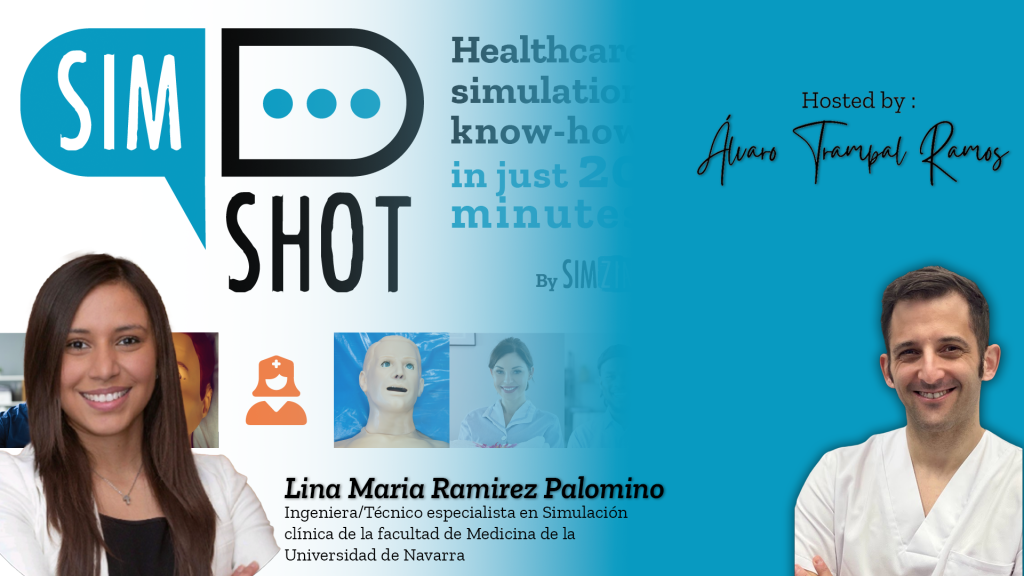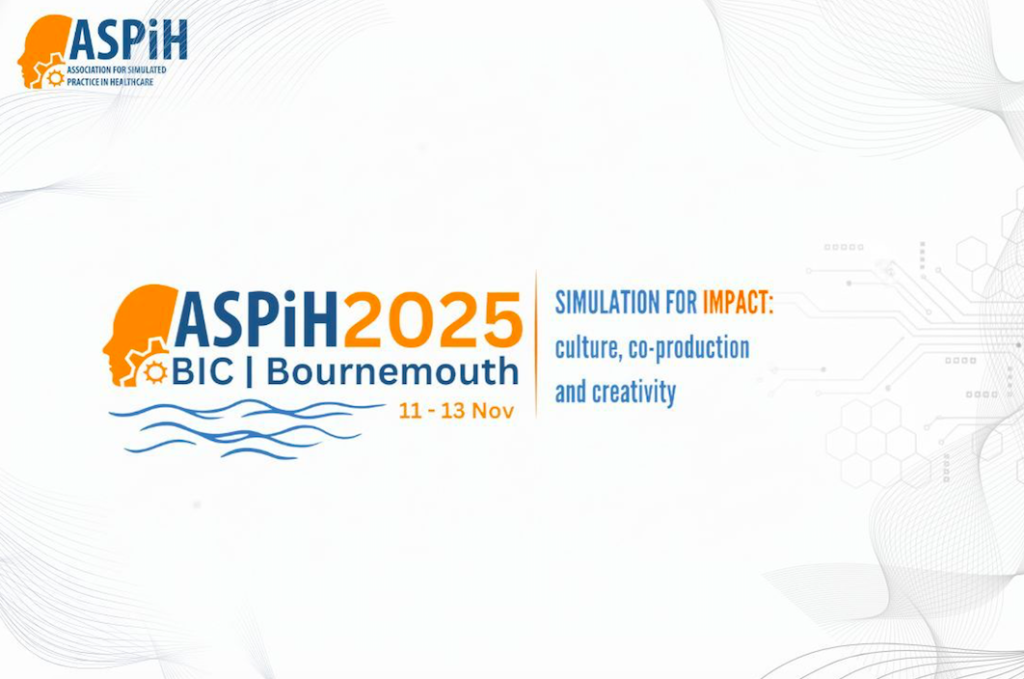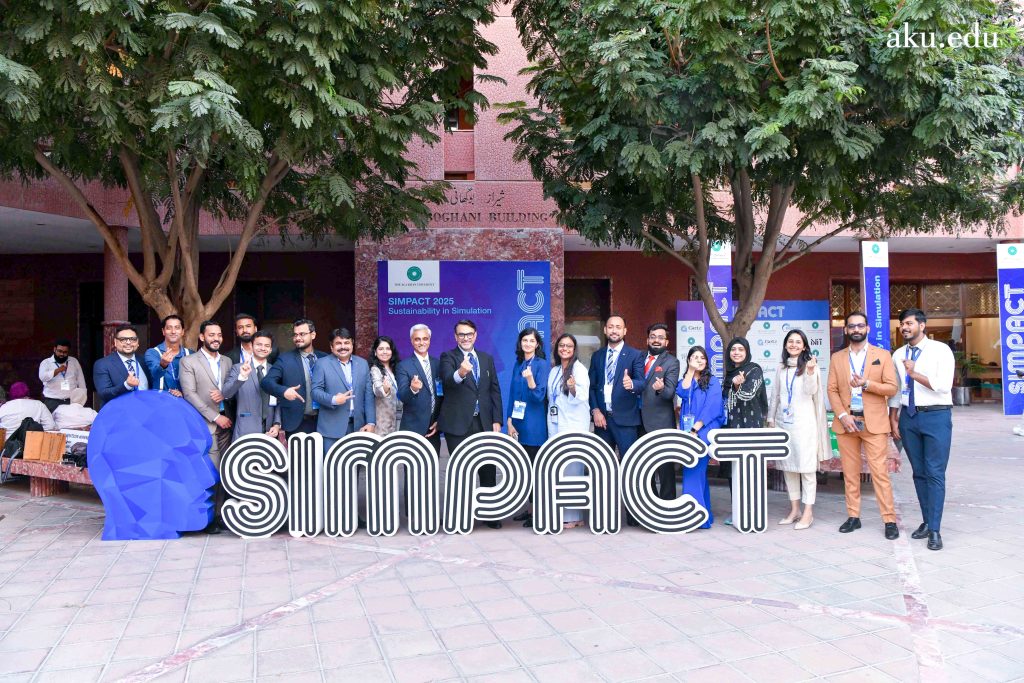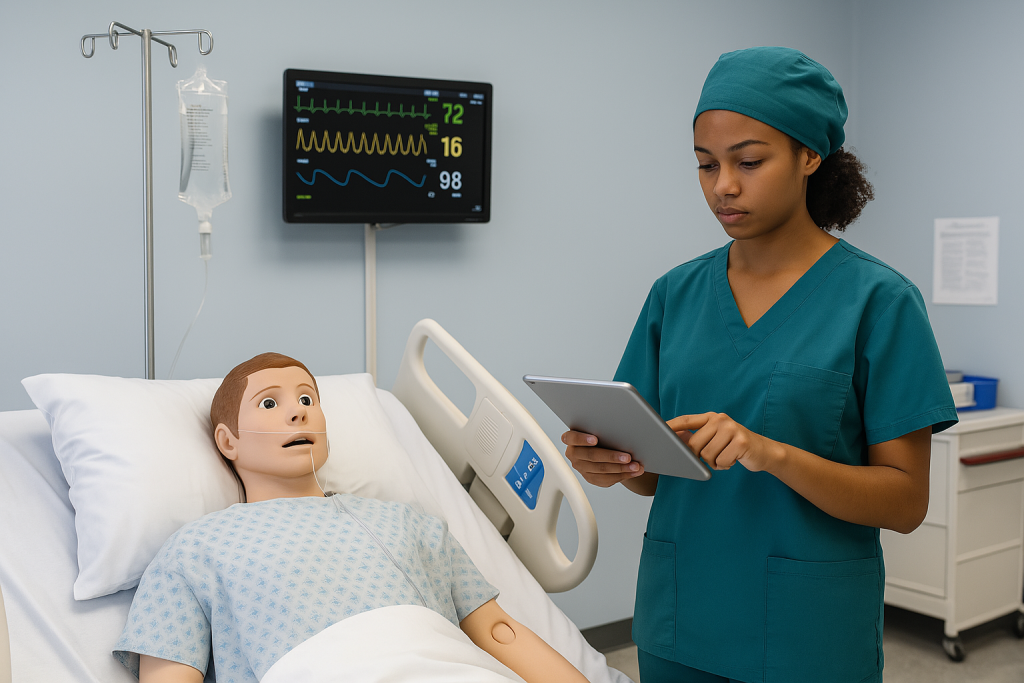We spoke with Carlos Rivera Prat, a Chilean naval officer and physician who has played a key role in promoting clinical simulation in Latin America.
With deep roots in medicine and the military, he has trained medical teams for war and disasters, and has been at the forefront of introducing simulation techniques in Chile, and the rest of the continent, transforming the way healthcare professionals prepare for real-life challenges. “Nothing is achieved without a team, a vision and the will to succeed,” he says, reflecting on his career. In this interview, he talks about his experience, the future of simulation and the importance of continuous learning in an ever-changing healthcare industry.
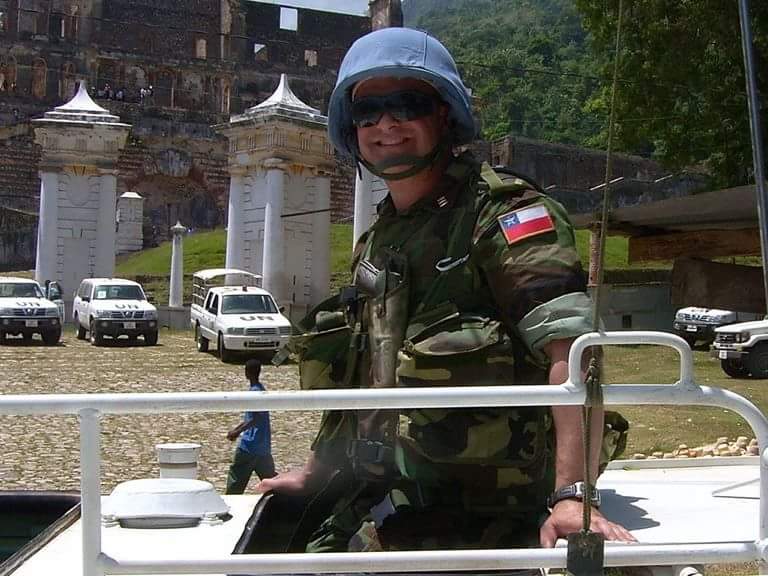
Hello Carlos. And thank you for sharing your time with our readers.
We usually break the ice with a very simple question, can you tell us in your own words who Carlos Rivera Prat is?
I am the son of a family closely linked to the Chilean Navy and medicine, my father and grandparents. I decided to study medicine to become a Navy Health Officer and so I did. I am married and father of five children. I am a grandfather with one grandchild and two on the way. Teaching has always been my biggest challenge and my favorite thing to do.
In your Linkedin profile you write ‘Trauma and emergency instructor, with experience in clinical simulation’. Can you describe your experience in simulation?
In my student days we had a lot of direct clinical activity and we learned to “do”, with patients. The first suture was on a real patient, the same with everything in my career, even in the specialty. With clinical simulation I found that space that was missing, that allowed me to better prepare and update or improve skills and competencies before reaching the patient. Trauma courses such as the ATLS , then the PHTLS opened the opportunity for me to learn to value the importance of systematizing and advancing. It improved my preparation and performance, my teamwork, and I wanted to share it. I was invited as an instructor and then the rest was history. Since then I have not stopped doing courses, bringing programs, inventing, testing and enjoying teaching and learning.
As I anticipated in this column, we want to introduce the people who have played (and continue to play!) an important role in the development of simulation in healthcare. And, in fact, when we asked for an iconic figure in South America, many people mentioned your name. Why, do you think?
I have no doubt that we do not know everyone, even in countries as small as Chile, and I am always happy to find people who carry out their dreams and do it wonderfully. I have had the opportunity to develop large-scale simulation projects, inviting many to join and I think that’s why many people have met me. The ones who have made the difference are the ones who have “embarked and sailed on those adventures and helped to make them happen”. Nothing is achieved without a team, a vision and will. My family, my school and the Navy helped a lot in that. The first courses outside the ATLS and PHTLS programs were an advanced aeromedical evacuation course to train aeromedical crews in 2002, pre-hospital medicine courses in the Navy and a combat medicine course with the Chilean Marines that same year. There was born the idea of bringing a course like the C4 (Combat Casualty Care Course) to Chile, but adapted to the reality of Latin America, and with a lot of push, support from the Navy and the U.S. Southern Command, we were able to do it, starting in 2003 with multiple simultaneous simulated scenarios, which was very beneficial for the students, with the participation of students from the Army, Navy, Air Force, law enforcement, security and foreigners. Copying that experience, we started to advance in simulation and to invite civilians, organizations such as firefighters, emergency medical systems and universities to participate in all our courses, which allowed us to extend the simulation to them as well. I think this is what makes me stand out a little more and what I am most grateful for, above all, for the opportunity to share with people and organizations that, by training trainers, multiplied what they learned and made a difference with patients.
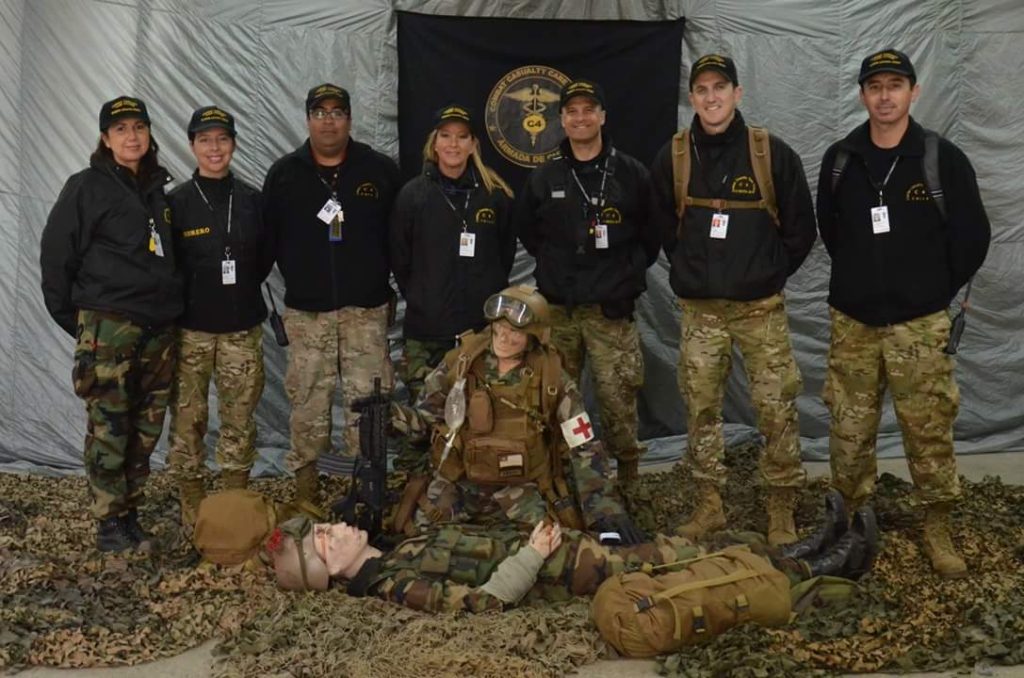
Maybe I didn’t tell you that we ask questions a little outside the usual rules. If you look back on your career, at what point would you travel back in time to change it?
I would have made more effort to have gone abroad to formally study the specialty of surgery and trauma critical care. I had many opportunities to do internships, take courses, attend congresses, I was even invited to speak at some of them, embark on a hospital ship and participate in a hospital that received the war wounded, but I feel that a longer and more formal stay would have given me a better and more solid training in the care of the polytraumatized patient, which is what I am most passionate about, together with teaching.
What is the type of simulationist you would never want to be?
The one who does not innovate, the one who only does the same thing and the one who is afraid to change or to make mistakes. Fortunately I have never felt that I must always follow the rules and I look for ways, obviously within what is allowed, to achieve the best results. I always ask for help, because I am convinced that there is always someone with a better idea that can help me and I try, as much as possible, to always receive feedback from the students and correct to do better.
New technologies, such as virtual and augmented reality or artificial intelligence, are increasingly finding their way into surgery. What about simulation and training in healthcare? How do you see it?
I believe that as in the entire history of mankind, there are changes and new technologies, but the progress has been so brutal that we cannot understand everything nor can we have everything. Cost will surely be a limiting factor and in medicine in general, the concept of safety is not as well rooted as it is in aviation. Errors in medicine are one of the major causes of “avoidable” mortality and morbidity and cause enormous harm to patients and to healthcare systems and funders. Simulation could help correct and impact that, but we are still far from requiring it as it is in aviation. I think that is where we have failed and despite all the advances in safety measures, we are far behind what should be expected for us. I am currently working at the Universidad de los Andes, in Chile and we have incorporated with great success a new hybrid learning model that includes virtual reality, telemedicine and other technologies, which opens new paths for better teaching based on clinical simulation.
If you had to write a scientific paper on simulation in surgery for publication in the prestigious journal Science, who would you write it with? And what would be the topic?
First, I would love to have the prestige and quality of the authors of such a journal, but if I could do it, I would do it together with surgeons with experience in teaching and referring to the impact that realistic or virtual anatomical models could have for the acquisition of competencies in the training of surgical residents and subspecialties.
You were a Health Officer in the Chilean Navy, and I read in an article that all your life you have been prepared to face a war. Is that true? Can you explain it to me?
Indeed, I was a Health Officer in the Chilean Navy, reaching the rank of Captain, which corresponds to “colonel or Captain” in other places. There, my greatest contribution, if you can call it that, was to prepare as many “trainers” or “educators” as possible, to maintain the best possible readiness of our medical and surgical teams, first responders and also civilians, who, in case of war, conflict or disaster, could make the difference. No one wants a war, but lessons learned show us that preparedness must be in peace. It takes a lot of time and effort to be ready to go, to respond, to plan, train and equip those who will deploy and perform medical support. The most interesting thing is that this preparedness helps us to overcome other emergencies and in a country like Chile, with earthquakes, volcanic eruptions, floods and other natural disasters, it helps us a lot to share and extend this preparedness to the whole community.
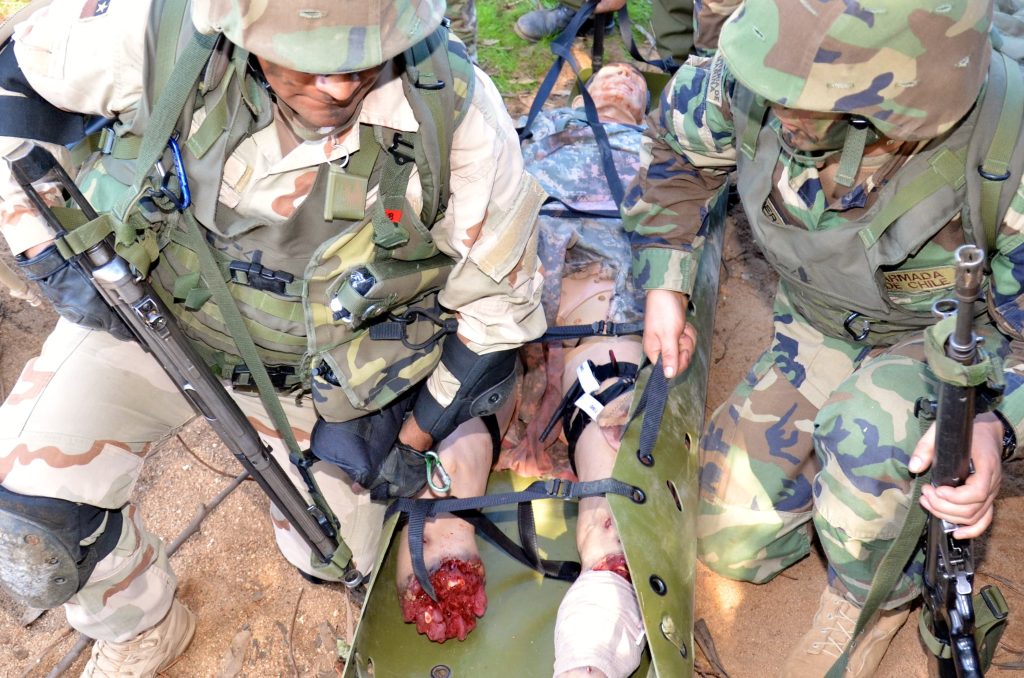
In many professional sectors, simulation is used to certify competencies and skills. If you don’t get certified, you can’t practice the profession until you make another successful attempt. In surgery, wouldn’t this model lend itself well to ensuring patient safety?
Yes. We use simulation to validate degrees and specialties of foreign physicians who wish to practice in Chile, in a theoretical exam at national level, and then practical, where accredited centers participate which have simulation stations. It is also part of the training of our students in surgical specialty programs, where they are evaluated with the use of simulators to certify their competence in procedures such as laparoscopic, endoscopic and robotic surgery. Unfortunately, there is not the same obligation as in other sectors, such as a regulation or law that requires it.
Before concluding, how do you see simulation in Latin America at present and in the future?
I believe that the existence of simulation societies such as FLASIC and the incorporation of teaching topics based on clinical simulation in courses and congresses of many specialties in the continent, augur a very auspicious future. You learn a lot by knowing what others are doing, sharing ideas and doing joint projects. It is also very interesting what is being done at the level of ministries or health systems, where in some countries, the state is investing in its own training and certification centers. I think this is a very good sign that shows a growing interest in the subject. In universities and professional institutes, the progress in simulation-based teaching, peer-to-peer cooperation and participation in forums, courses and congresses is remarkable.
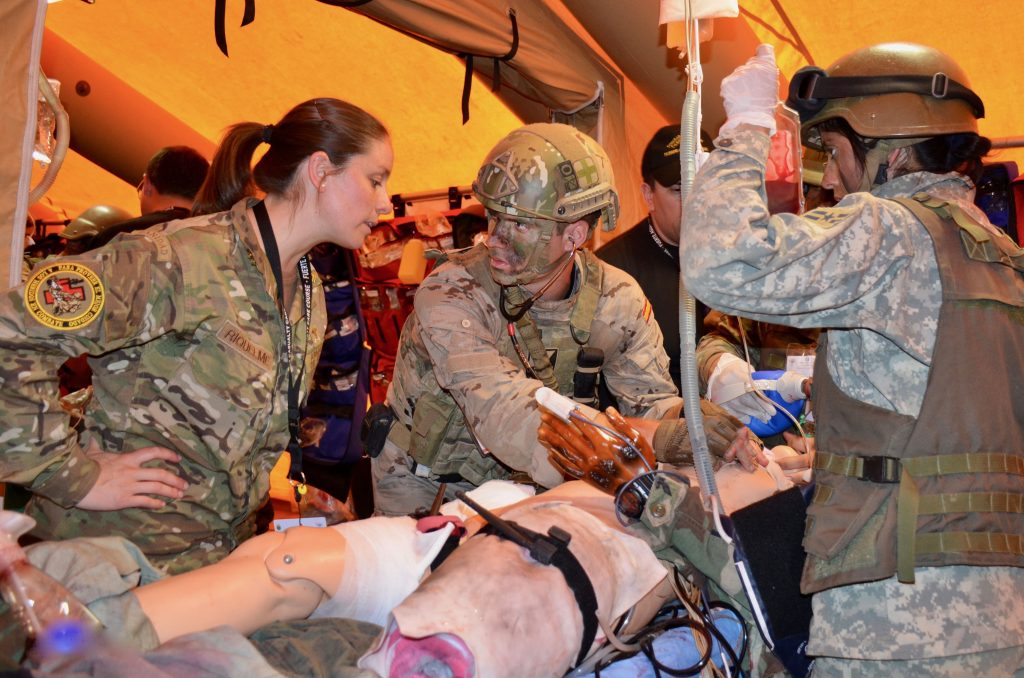
We usually end the interview with a somewhat cheeky question. What is the next simulation congress you would like to be invited to as a keynote speaker?
It’s unlikely, but if I had to choose one, I would say the IMSH (International Meeting on Simulation in Healthcare) or the SESAM (Congress of the European Simulation Society). But I would be satisfied if one day I am invited to exhibit at FLASIC (Latin American Federation of Clinical Simulation), because in Latin America there is still a lot to do.
Thank you very much for this nice chat.
READ ALSO



